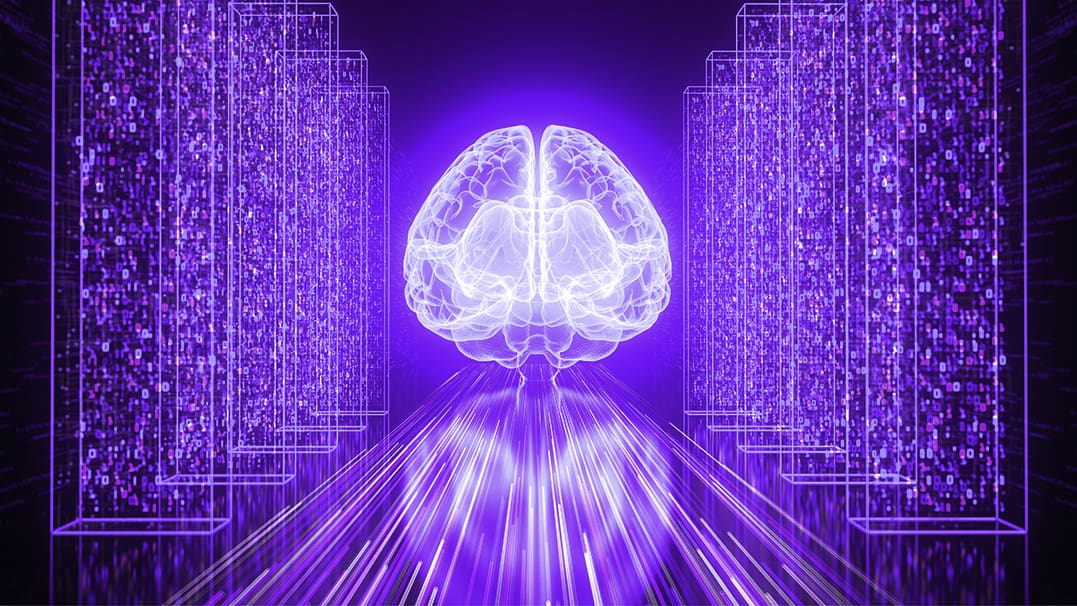Published: January 9, 2015
The tech companies that have survived, and thrived, have learned one thing — that it’s about connecting with people first.
A new company is taking the idea of responsive web design, but not assigning a designer or developer to each project. The Grid is a venture that plans to use artificial intelligence to create websites. To use The Grid, the user will upload photos and text, and in return will get a responsive website build that “adapts to your content, not the other way around.”
“We’ve spent the last few years building a form of artificial intelligence that functions like your own personal graphic designer, able to think about your brand and present it in the best way possible,” The Grid CEO and co-founder Dan Tocchini told TechCrunch.
Could artificial intelligence be the wave of the future for website builds and design?
The Pros:
The premise is good, that they promise to build a website where anyone without any kind of design experience can add content. The Grid then lays it out in a way that is aesthetically pleasing. Sites like Weebly and now The Grid serve a very nice niche where the people who don’t have the funds to do it at a professional level can now buy a professional-looking site.
Although designers may be worried, it may actually be good for the field, because it will make people more aware of good design — and that artificial intelligence will never fully replace a human.
The premise of something like The Grid forces the user to actually keep the styles that are desirable and not have the user add too many things, by picking cluttering fonts and photos. The comparison is similar to the difference between Facebook and MySpace — Facebook constrains the user, letting them upload their own content like text and photos but the way in which it’s displayed is controlled by Facebook. Early MySpace gave the user much more freedom which lead to pages that were stuffed full of animated gifs and eye assaulting colors.
The Cons:
Humans are going to inherently want to come up with ways to automate things. But along the way, we will lose some level of artistry and voice. If everything becomes manufactured, even if the randomness is built into it, you may be able to fool some people but it still is going to lack some degree of authenticity. The customer is going to end up with something that is visually pleasing but does not reflect the unique attributes that differentiate a brand from competitors.
There is No Replacement for Human Interaction:
If you rely on technology to do all the communication between two people, empathy gaps are created where the technology fails to accommodate needs. The Grid won’t help with the communication with the customer — and they don’t understand who the audience is. The site could be dressed up in a way that is aesthetically pleasing, but the best brand experiences should consider the context the user is in when interacting with content. Facebook recently learned this the hard way.
People are already sensitive to sites with stock photography or that appear to be built with templates. The best brands connect with people in a way that shows them they are valuable and that their problems are understood. Authenticity is the best relationship foundation. Lead with who your brand is, not with what is trendy or fashionable.
“In this ever-changing society, the most powerful and enduring brands are built from the heart. They are real and sustainable. Their foundations are stronger because they are built with the strength of the human spirit, not an ad campaign. The companies that are lasting are those that are authentic.”
― Howard Schultz
Are you future focused? Let’s chat!




